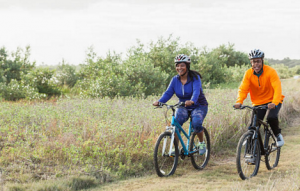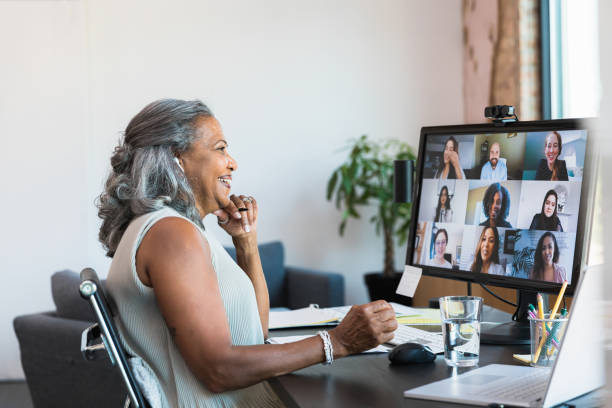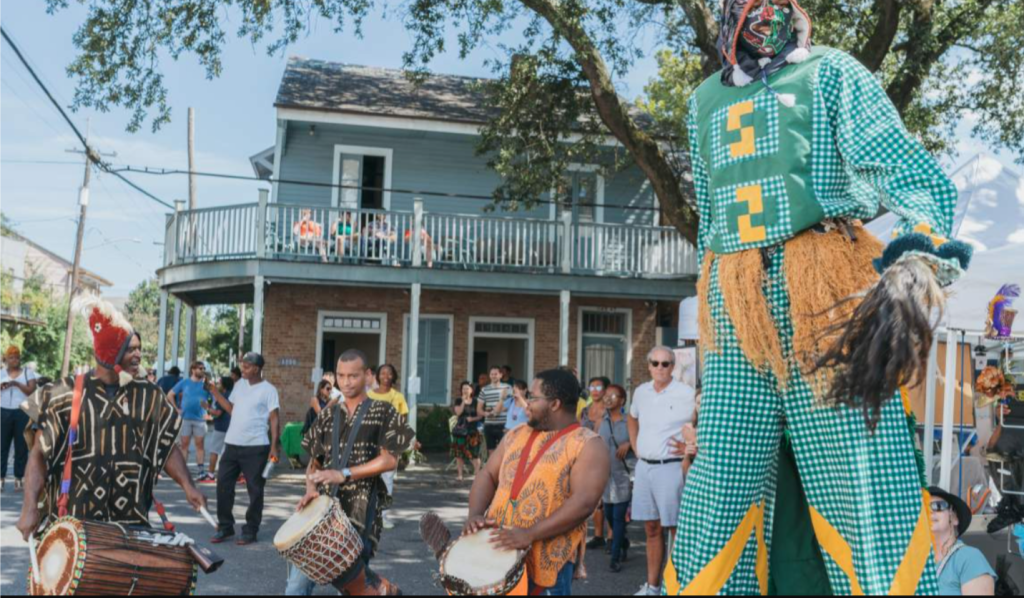(ThySistas.com) The majority of us have rode a bike at some point or another in our lives. It is estimated that children will generally learn to ride a bicycle between the ages of three and eight years, with the average kid taking their stabilisers off around the age of five. While some of us will ditch our bicycles as we reach adolescence, increasing numbers of us are deciding to stay on two wheels and incorporate our cycles into our day to day lives as adults. There are various reasons for this. Some of us like to cycle for the sake of exercise, some of us socialise with others who cycle and make cycling into a social activity, and many of us use cycling as a means of getting from A to B without the expense of driving or using public transport. What’s best? Cycling is great for the environment, as it cuts the amount of emissions that we produce when travelling. However, if you are cycling in an inner city area, you do need to be particularly precautious. Here’s everything you need to know about cycling on inner city roads!
Safety
Safety should be top of your list of priorities in regards to anything that you do. However, it should definitely be at the forefront of your mind when cycling on city roads. City roads can prove to be an extremely dangerous place for cyclists, but they are the only legal option, as you cannot ride on the pavements. You may face danger, as you take up less space than a car on the road, and you may fall into drivers’ blind spots. If you do experience an accident while cycling on a road, you should try this lawyer. They will be able to ensure that you receive any compensation that you deserve.
extremely dangerous place for cyclists, but they are the only legal option, as you cannot ride on the pavements. You may face danger, as you take up less space than a car on the road, and you may fall into drivers’ blind spots. If you do experience an accident while cycling on a road, you should try this lawyer. They will be able to ensure that you receive any compensation that you deserve.
Wear the Correct Cycling Gear
In order to protect yourself should you find yourself in a road incident, you need to ensure that you are always wearing the correct cycling gear when taking to the roads. This should include a helmet that has been tested to high safety standards. You may also want to consider reflective jackets when cycling in the dark or during periods with poor weather conditions.
Fit Your Bike With a Lamp and Bell
Bells are generally good at getting pedestrians out of the way if they happen to be walking in your path. Lamps are great for improving your visibility when cycling in the dark.
Use Cycle Lanes
If a cycle lane is available, use it. If you don’t have any cycle lanes in your area, you can petition your local councilor to implement them. Cycle lanes are extremely useful, as you don’t have to worry quite so much about traffic veering into you – cars and other vehicles will have their own clearly marked lanes and should stay out of yours.
Sure, cycling on the rides may feel a little daunting at first. But as long as you practice safe cycling, you should get along just fine!
Staff Writer; Latasha Ford










Leave a Reply